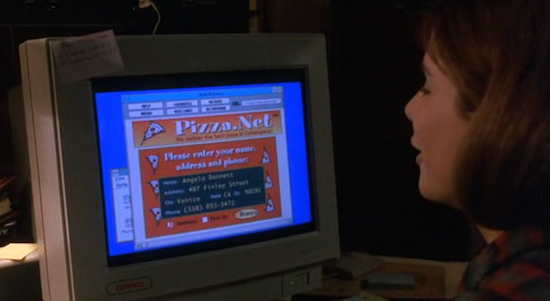Today in Movie Culture: Honest 'Mission: Impossible' Trailer, Homemade 'Ant-Man' Trailer and More
Here are a bunch of little bites to satisfy your hunger for movie culture:
Movie Takedown of the Day:
With Mission: Impossible – Rogue Nation out this week, of course Honest Trailers has to drop a bomb on the whole M:I movie franchise:
[embedded content]
Comic Strip of the Day:
Here’s a funny look at how Ant-Man will fit in with the rest of the team in the Avengers movies. Wait until he finds out they only like schawarma (via Neatorama).
Trailer Remake of the Day:
Watch a homemade redo of the Ant-Man trailer from CineFix. In another video they show you how to make the awesome homemade Ant-Man costume, too.
[embedded content]
Movie Mash-Up of the Day:
More Ant-Man! This time the Marvel superhero movie is crossed with Zoolander for a funny joke:

Fan Art of the Day:
It’s still a long time before we see Ezra Miller star in DC’s The Flash movie, so here’s a fan’s rendition of the actor in action (via Heroic Hollywood):

Filmmaker in Focus:
In the second installment of his four-part video series on Paul Thomas Anderson, editor Jacob T. Swinney compiles the extreme close-up shots from the director’s movies:
[embedded content]
Vintage Image of the Day:
Sandra Bullock orders pizza online in The Net, which opened 20 years ago today. It’s not that old an image, but in internet terms everything in this movie is ancient. Well, the idea of ordering pizza online is actually kind of modern.

Supercut of the Day:
Don’t watch this video compiling the most memorable food moments in film on an empty stomach (via Montage Creators):
[embedded content]
Cosplay of the Day:
With the Jurassic World toys erring with the gender of the Velociraptors, it’s great to see some people respecting the fact that they’re supposed to be females (via Ink 361).

Classic Trailer of the Day:
Watch the original trailer for Waterworld, which opened in theaters 20 years ago today, and you may wonder why it wasn’t actually as big a bomb as people think it was.
[embedded content]
Send tips or follow us via Twitter:
and
This entry passed through the Full-Text RSS service – if this is your content and you’re reading it on someone else’s site, please read the FAQ at fivefilters.org/content-only/faq.php#publishers.



